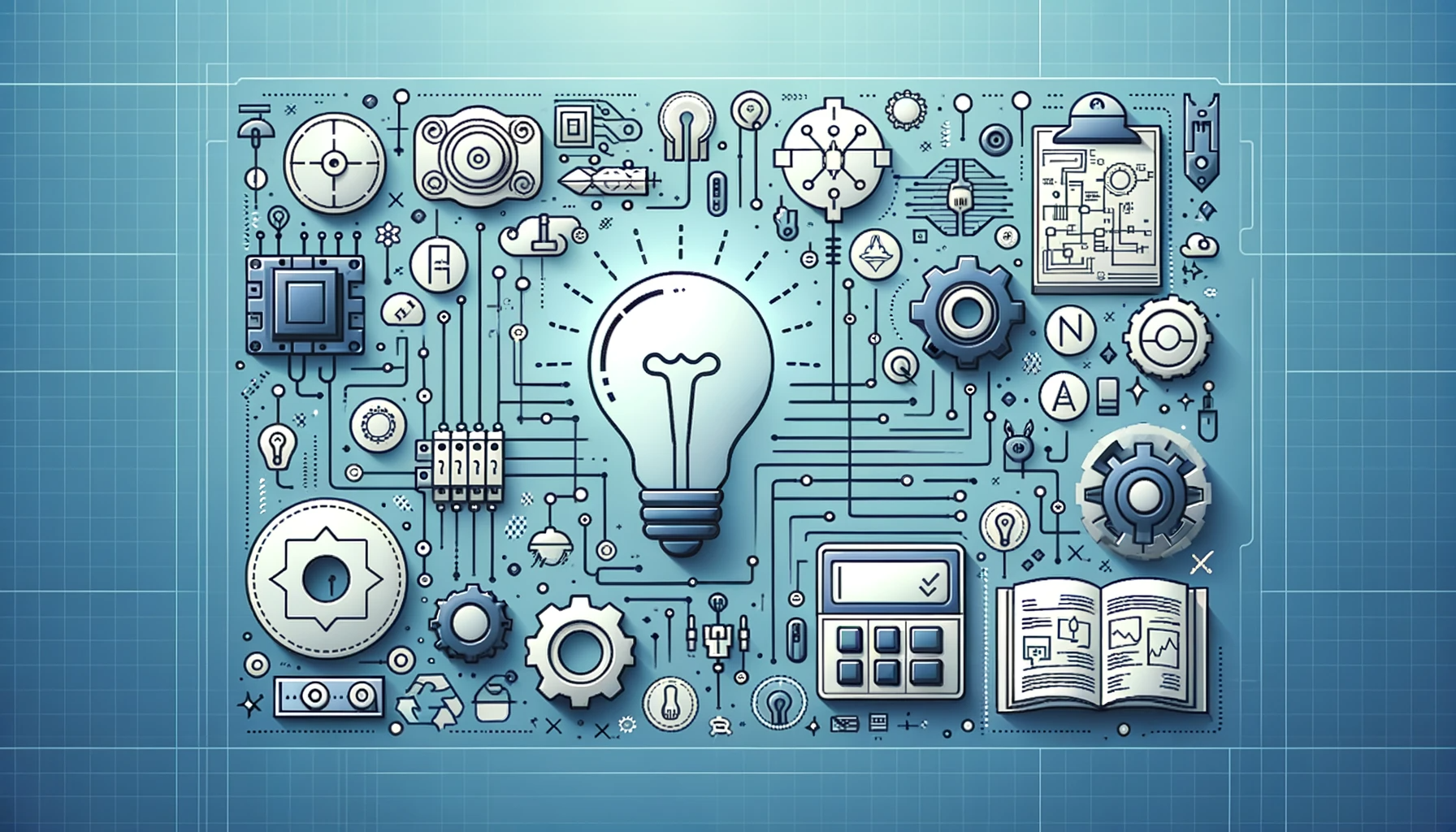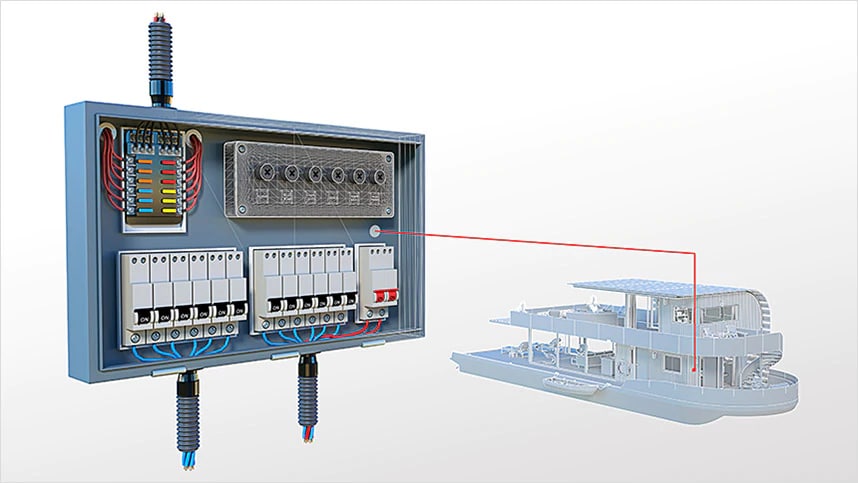Cutting-edge Electrical Design Services for Modern Infrastructure
As city environments expand significantly complicated, integrating innovations such as wise grids and sustainable energy sources comes to be vital. These improvements not only assure to enhance energy usage however likewise foster strength against future demands.
Significance of Cutting-edge Electric Design
Cutting-edge electrical design plays a critical role in modern-day framework, affecting not only performance yet likewise sustainability. As cities advance and the demand for energy boosts, the need for innovative electrical systems ends up being paramount. These systems must not just satisfy current demands however additionally prepare for future growth and technological advancements.
A well-executed electric design can substantially lower energy consumption, thereby decreasing functional expenses and lessening environmental impact. By incorporating sustainable power sources, such as solar panels and wind generators, ingenious designs can boost power freedom and strength. Clever grid innovations permit for real-time surveillance and administration of power distribution, enhancing efficiency and decreasing waste.
Safety is an additional vital facet of electric design. Applying sophisticated modern technologies and rigorous criteria can reduce dangers linked with electrical failures, guaranteeing a safe and secure environment for citizens and businesses alike. In addition, cutting-edge layouts facilitate adaptability, enabling facilities to incorporate arising modern technologies seamlessly.
Secret Patterns in Electric Design
As the landscape of electrical design proceeds to advance, numerous key fads are forming the future of the industry. One considerable trend is the combination of wise innovation into electrical systems. The proliferation of the Internet of Things (IoT) has actually enabled real-time tracking and control of electrical devices, enhancing effectiveness and promoting anticipating upkeep.
Another pattern is the expanding focus on modular design. This technique enables scalable and versatile services, making it possible for framework to adapt to transforming demands without substantial restorations. Additionally, making use of sophisticated simulation tools and Building Information Modeling (BIM) is becoming significantly widespread, improving the design procedure and enhancing cooperation among stakeholders.
Moreover, innovations in products science are bring about the growth of lighter, much more durable, and energy-efficient parts. This development is especially crucial for high-performance buildings and framework jobs.
Lastly, there is a significant shift towards data-driven decision-making - electrical engineering design services. Leveraging information analytics helps developers enhance systems for performance and cost-effectiveness. Together, these fads represent a transformative period in electric design, improving performance, sustainability, and durability in modern facilities
Lasting Power Solutions
Lasting power services are significantly coming to be an essential emphasis in electric design, showing a more comprehensive commitment to environmental obligation and source performance. These options intend to minimize ecological impact while enhancing power intake in various frameworks, from household buildings to big business facilities.
One of the foremost techniques includes the assimilation of eco-friendly power resources, such as photovoltaic panels and wind generators, right into electrical systems. This not only reduces dependence on fossil gas but also boosts power resilience. Furthermore, innovative power storage space systems, such as sophisticated batteries, allow reliable administration and circulation of power, making sure that excess energy created during height production can be utilized during high demand periods.
Additionally, energy-efficient design techniques are being embraced to enhance total system efficiency. This consists of utilizing energy-efficient illumination, cooling and heating systems, and wise structure modern technologies that keep track of and adjust power use based upon occupancy and ecological problems.
Smart Grid Technologies
The application of lasting energy remedies naturally causes the exploration of smart grid visit their website technologies, which play a pivotal duty in improving electrical systems. Smart grids take advantage of advanced communication modern technologies and information analytics to improve the reliability, performance, and sustainability of electrical energy distribution. By integrating pop over to this site digital modern technology with typical grid framework, these systems facilitate real-time monitoring, automated control, and improved decision-making capabilities.
Among the key features of clever grids is their capability to fit eco-friendly energy sources, such as solar and wind power. This adaptability not only reduces dependency on fossil gas but likewise permits a more decentralized energy production design. Moreover, smart grids allow demand feedback programs, where customers can readjust their energy usage based on real-time prices, consequently advertising energy conservation and minimizing peak tons demands.
Additionally, clever grid modern technologies improve grid strength by enabling quicker identification and resolution of outages, eventually minimizing downtime. With anticipating upkeep and analytics, energies can maximize operations and improve service shipment. As communities and cities remain to evolve, wise grid technologies are important for constructing a sustainable and reliable electrical framework their explanation that satisfies the needs of modern-day society.

Future-Proofing Facilities
To make sure lasting stability and flexibility, future-proofing framework is crucial in the swiftly evolving landscape of electrical design solutions. As modern technology breakthroughs and energy needs shift, it is vital that electric systems are developed with flexibility in mind. This involves incorporating scalable services that can accommodate future upgrades without demanding considerable overhauls.

Furthermore, sustainability needs to be a cornerstone of future-proofed styles. Using renewable resource resources, such as solar and wind, and enhancing energy effectiveness lower reliance on fossil fuels, aligning with global initiatives to fight environment adjustment.
Conclusion
By prioritizing effectiveness, versatility, and sustainability, these solutions deal with the progressing demands of power systems. The integration of clever grid innovations and sustainable energy options boosts resilience and reduces operational prices.
A well-executed electrical design can substantially reduce energy intake, consequently reducing operational costs and lessening environmental effect. By integrating sustainable power resources, such as solar panels and wind generators, ingenious designs can enhance energy freedom and strength. Furthermore, innovative power storage systems, such as innovative batteries, allow effective monitoring and distribution of power, making certain that surplus power produced throughout peak production can be made use of during high demand durations.
Clever grids make it possible for need action programs, where customers can change their energy usage based on real-time prices, consequently advertising energy conservation and decreasing peak lots needs. (residential electrical design)
As technology advancements and energy needs change, it is critical that electric systems are created with adaptability in mind.